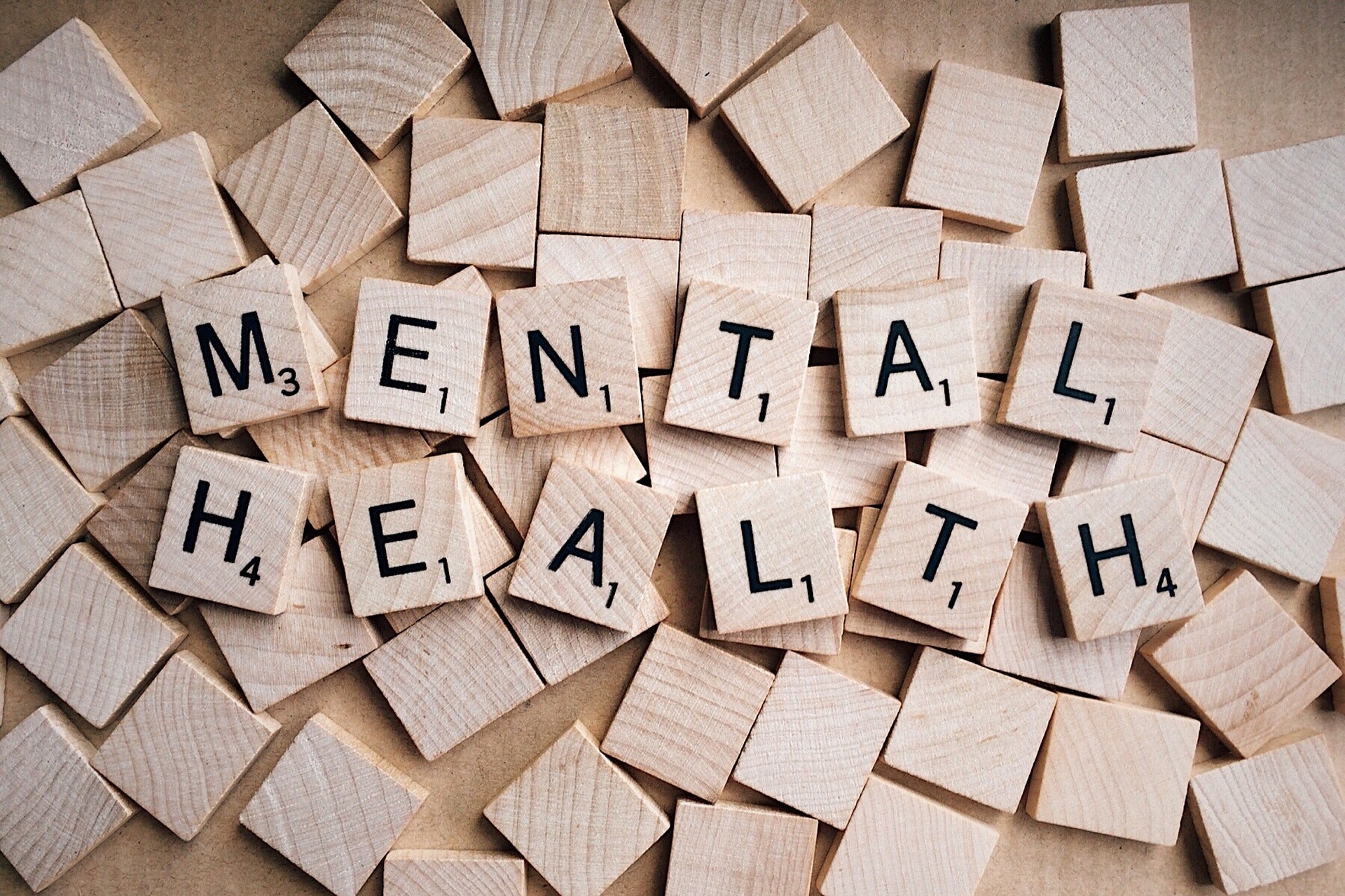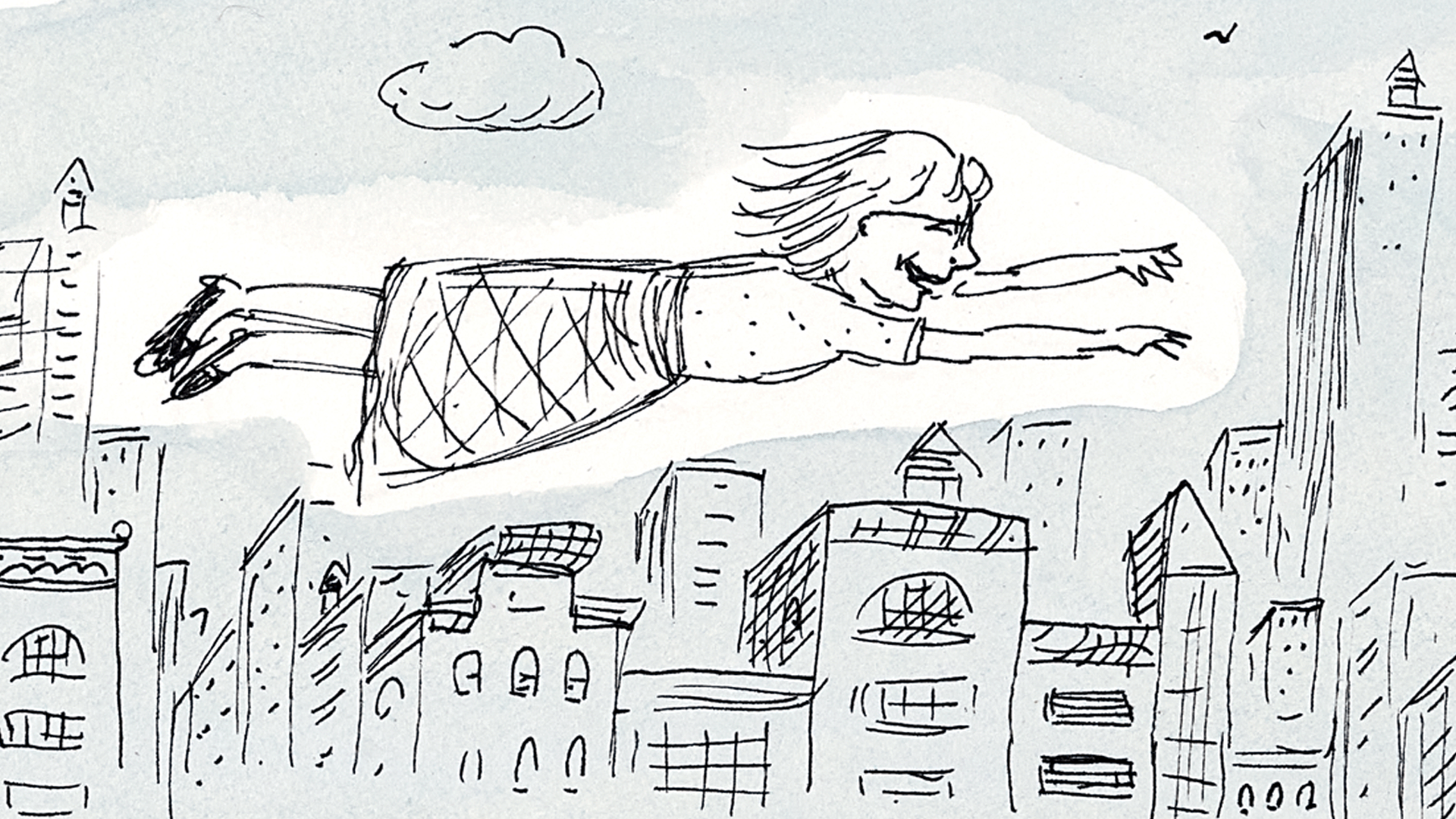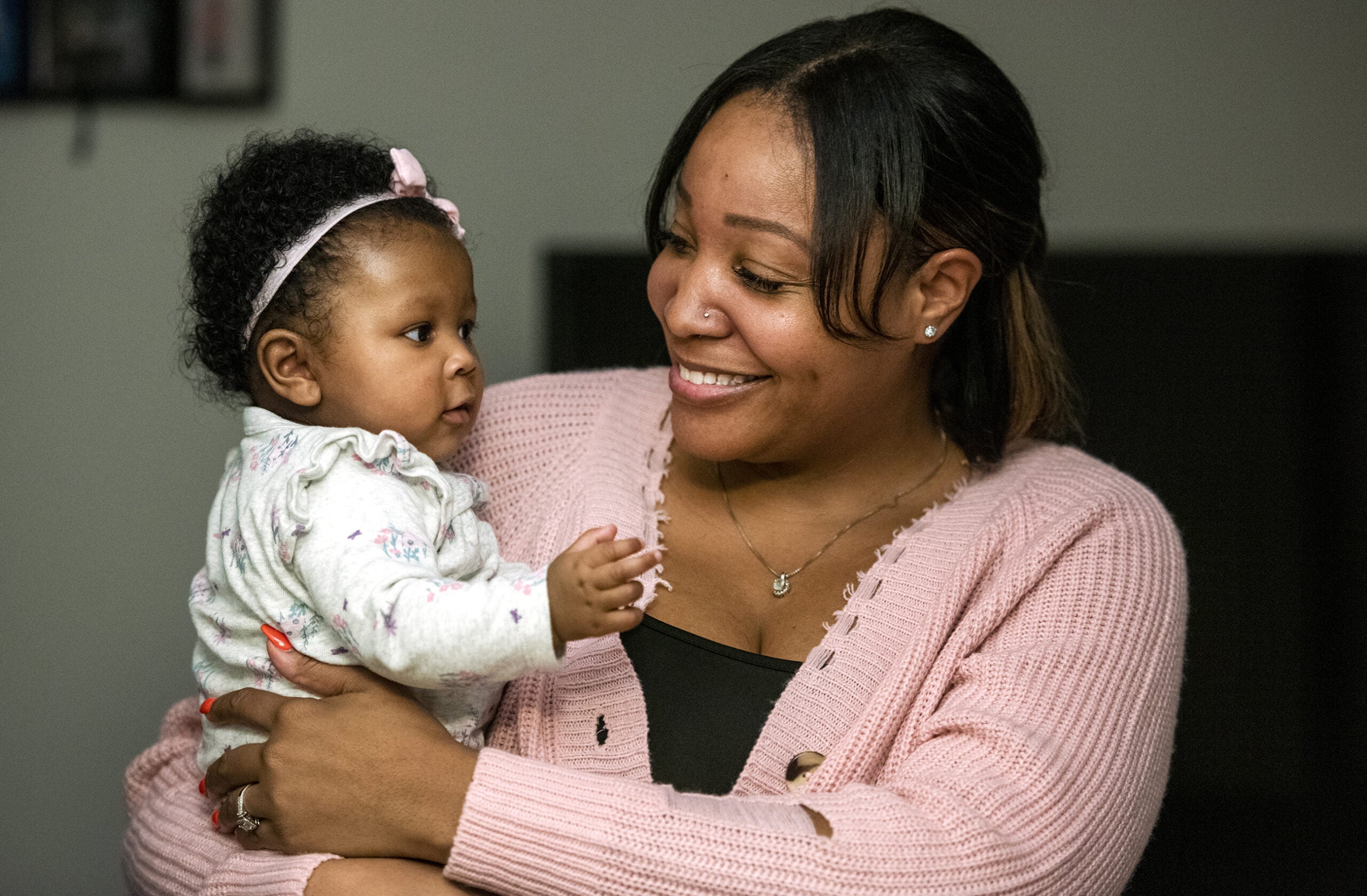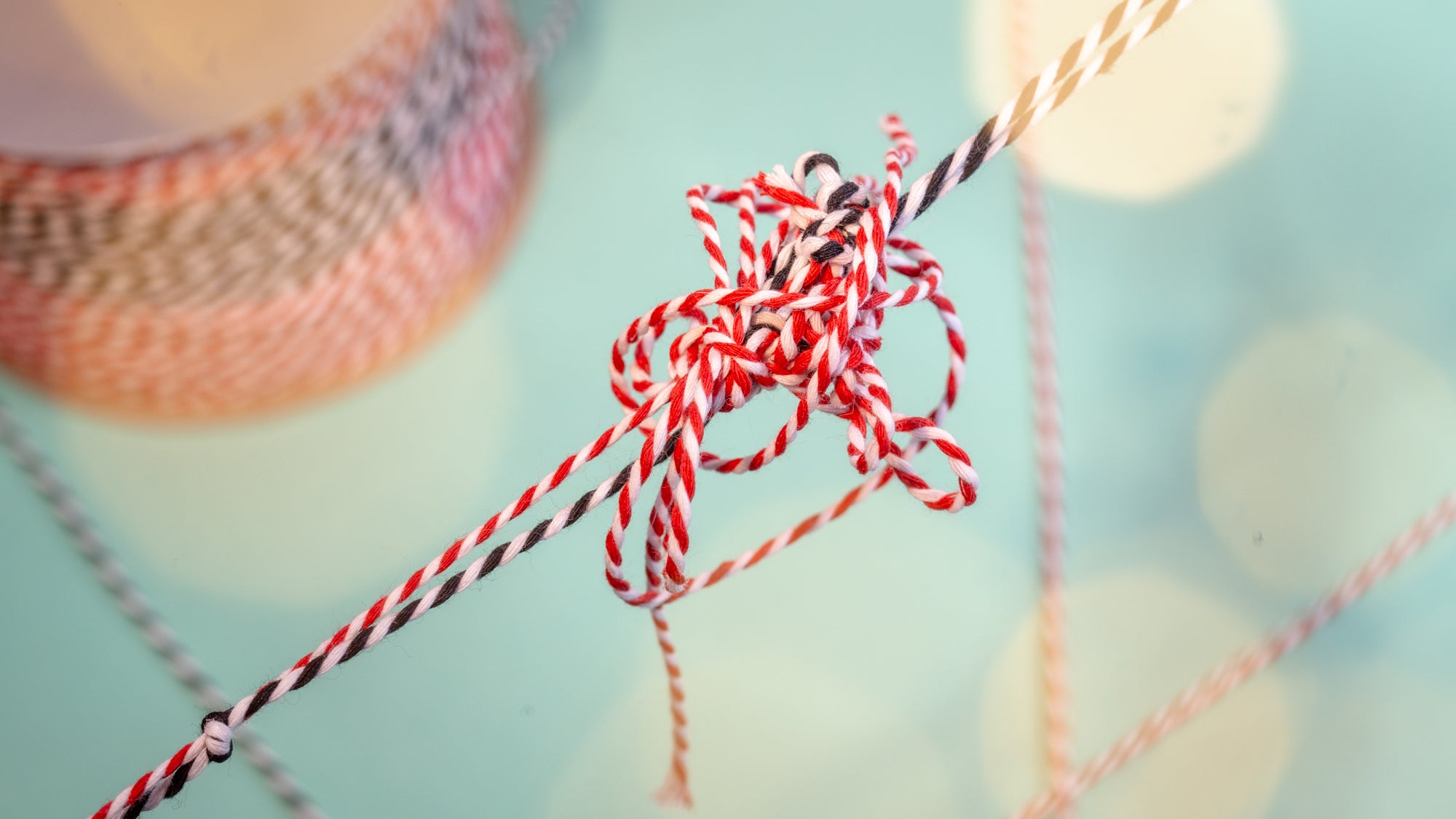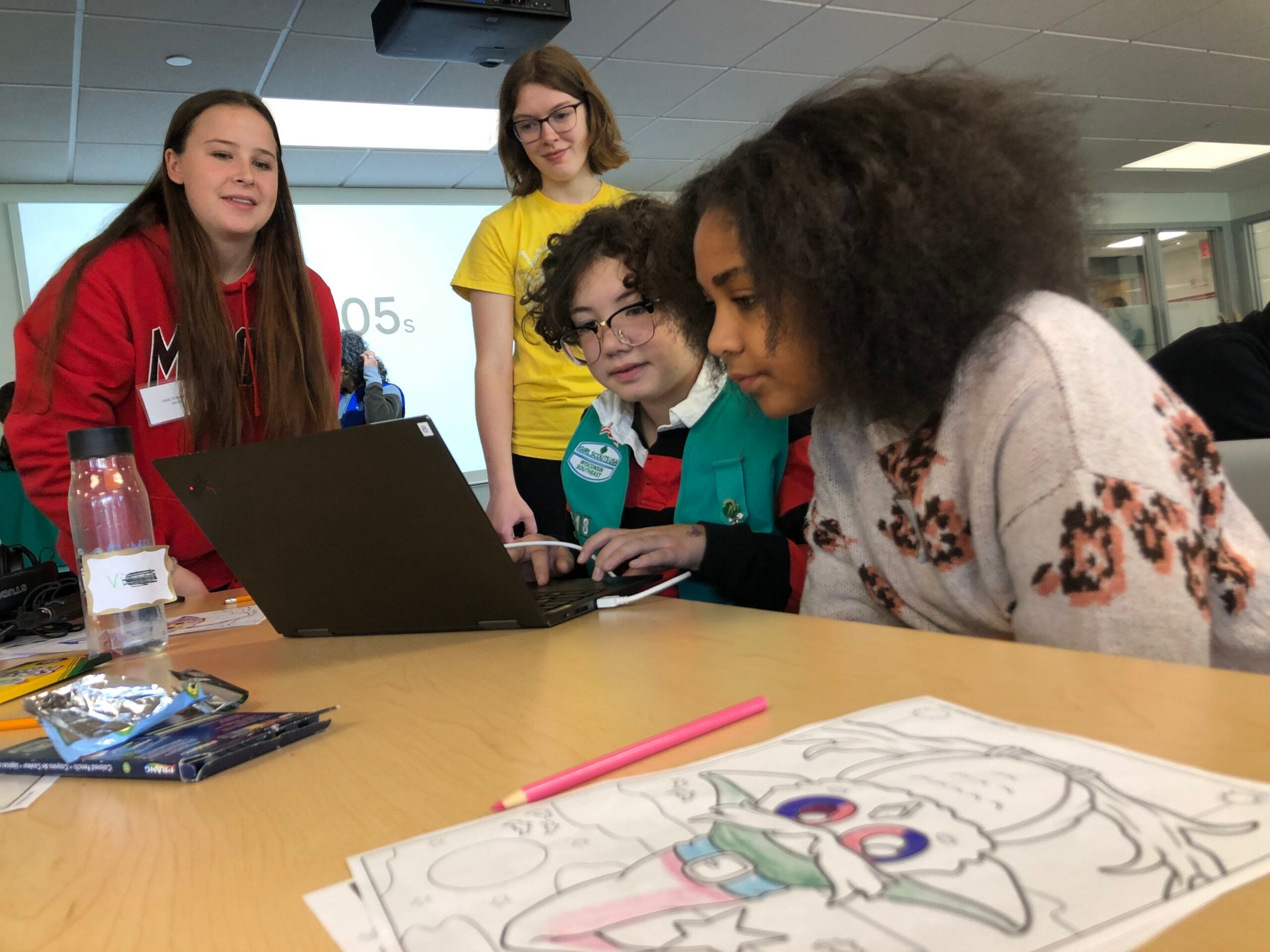We hear the term mindfulness a lot these days but exactly what is it and what does it do? We find out from our guest, a social worker who has worked with mindfulness in a variety of settings including hospitals and schools. We talk about a how to reduce stress and how teachers have been helped with a UW Program.
Featured in this Show
-
For Stress Relief, Mindfulness May Be Solution For Many
Many Americans are stressed out. While that may come as no surprise, study after study has really driven home just how stressed Americans are and where that stress is coming from.
As a way to cope with that stress, some are now turning to mindfulness and mindfulness meditation.
Jon Kabat-Zinn, the founder of Mindfulness-Based Stress Reduction, defines mindfulness as “awareness that arises through paying attention, on purpose, in the present moment, non-judgmentally.”
“Another way to think of that is to pay attention in the present moment with kindness and curiosity,” said Heather Sorensen, co-program manager UW Health’s mindfulness program.
While that might sound simple, or even dismissible, Sorensen said it’s important to try it before you knock it.
“It’s one of those things that you can talk about or read about all day, but until you try it, practice it … you really don’t have a chance to understand it,” she said.
While the causes of stress vary from person to person, one type that seems to be a constant is workplace stress.
One profession that experiences high levels of stress? Teachers. Nearly half of teachers report experiencing high daily stress, according to Gallup.
To combat that locally, Sorensen said UW Health is working with the Madison Metropolitan School District, offering classes and professional development for teachers and other staff.
“They can learn to develop and deepen a mindfulness practice, to help them with their own stress, with their own emotional regulation, and hopefully that ripples into the classroom,” she said.
While Sorensen said she hopes teachers can serve as good models for mindfulness, she also notes that some teachers have begun teaching these skills to their students.
“Sometimes that’s an interest that grows out of learning mindfulness practice,” she said. “When teachers or other staff feel like it’s really benefited them, they want to bring it to students.”
And research seems to back up the claim that mindfulness can be good for children. Sorensen was part of a 2015 study looking at how 4- and 5-year-old students in the Madison school districted reacted to a mindfulness-based curriculum. Each student had 20-minute mindfulness lessons, three times a week, in the classroom.
“Initially, I thought this was going to be really hard, they’re so little, and their attention spans are so short,” Sorensen said.
But she said the outcomes of the study were really quite surprising.
“The kids in the study showed increased emotional regulation skills, increased cognitive flexibility,” she said. “And also, an increase in pro-social behavior, like sharing and caring.”
But researchers also found when the instruction stopped, so did many of the benefits previously displayed.
“They did a follow-up measure at three months after the kids had been away from school and away from the adults that were reinforcing some of these skills and they did not find that the benefits stuck,” Sorensen said. “So, I think if you’re interested in bringing mindfulness to kids, it’s really helpful to have a parent or an adult in their lives who practices as well, who can just continue to reinforce the skills with them.”
If you’re interested in trying out mindfulness or want to try it out with your family, Sorensen said it’s important to keep at it.
“Initially, it can feel awkward, it feels unfamiliar, it’s hard to see any benefit, it just feels uncomfortable or there’s restlessness or boredom,” she said. “Over time, it feels more familiar, more natural, and you can start to see these pauses open up in your life.”
Episode Credits
- Larry Meiller Host
- Jill Nadeau Host
- Jill Nadeau Producer
- Heather Sorensen Guest
Wisconsin Public Radio, © Copyright 2024, Board of Regents of the University of Wisconsin System and Wisconsin Educational Communications Board.

